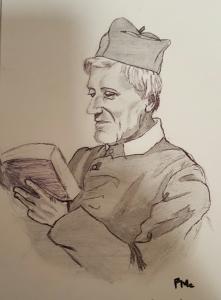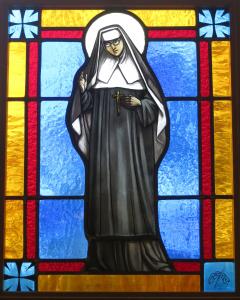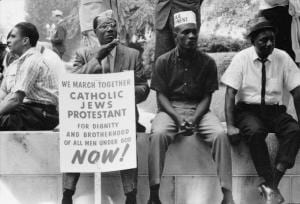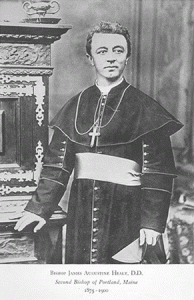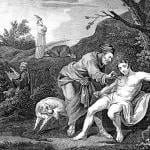Most of the histories of the Catholic Church in America have been written about men—the priests, bishops and cardinals credited with building the nation’s largest Church. But the reality was that if you were educated in a parochial school, nursed in a Catholic hospital or had other contact with a Catholic institution, the face of the Church you saw most often was a woman’s. For every priest there were at least three sisters.
In 1830, there were 448 women religious in the United States, representing 10 communities. By 1900, there were over 46,000 representing 170 communities. Where did they all come from? Well, the Sisters of Mercy came from Dublin, the Sisters of St. Joseph were originally French but after a while everybody just assumed they were founded in Ireland, and the Sisters of St. Dominic were largely German at the start. There’s a funny story about how the Sisters of St. Dominic came to Brooklyn in the summer of 1853. Four Bavarian nuns arrived in New York en route to Latrobe, PA. The priest who was supposed to meet them never got there, and Father John Raffeiner, the pastor of Most Holy Trinity, a German parish in Williamsburg, Brooklyn, got word of this. He convinced the Sisters to come to his parish instead, and they took over the school, started an orphanage, and established their motherhouse. They later moved it to Amityville, and so they are known as the Dominican Sisters of Amityville.
They encountered prejudice when they first got here. In 1850’s Boston, a man walked up to a Sister of Charity, called her a “damned papist bitch,” and slapped her face. In Indiana, people threw rocks at them. But eventually they won over the people, Catholic and non-Catholic, where they started their schools. In the Midwest they started what were frequently the first schools in those areas, and there were times when the Protestant students outnumbered the Catholics. They also won people over through their acts of charity. In 1850’s San Francisco, the Sisters of Mercy ministered to victims of a cholera epidemic, and the local newspaper offered this description of them:
They did not stop to inquire whether the poor sufferers were Protestants or Catholics, Americans or foreigners, but with the noblest devotion applied themselves to their relief. One Sister might be seen bathing the limbs of the sufferer; another chafing the extremities; a third applying the remedies; while others with pitying faces were calming… those supposed to be dying. The idea of danger never seems to have occurred to these noble women; self was lost sight of.



